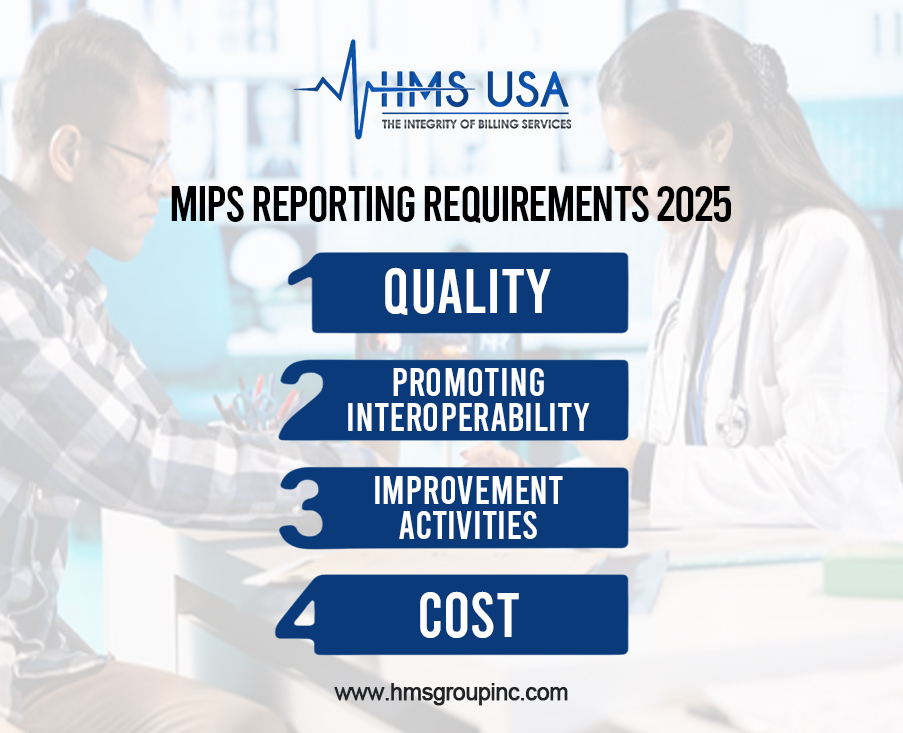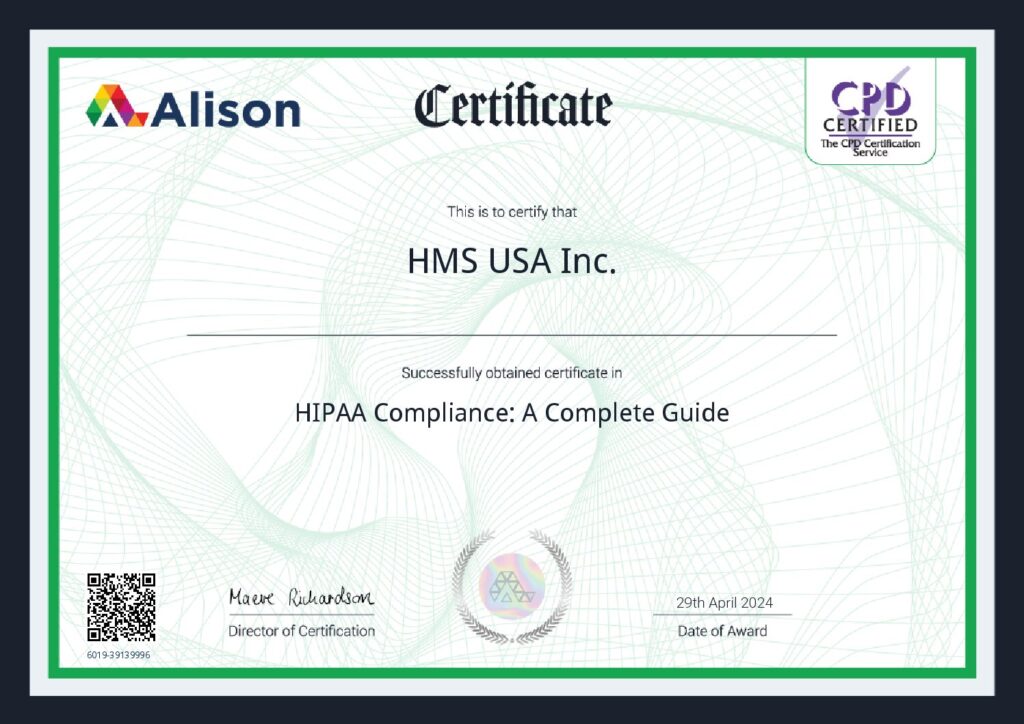Missed deadlines and incomplete reporting can be costly for providers. The Merit-Based Incentive Payment System (MIPS) directly ties Medicare payments to performance, rewarding providers who deliver high-quality, cost-effective care.
With new rules, updated requirements, and a stricter MIPS reporting deadline 2025, staying compliant is more critical than ever. Providers who meet the requirements can earn incentives, while those who fail to meet them may face payment penalties.
In this guide, we’ll break down MIPS Reporting 2025, highlight the latest updates, and provide a step-by-step approach to help you succeed.
What is MIPS Reporting 2025?
MIPS, created under the Medicare Access and CHIP Reauthorization Act (MACRA), is designed to recognize clinicians who deliver efficient, patient-centered care. Each year, requirements are updated, and 2025 introduces several key changes.
Key Updates for MIPS Reporting 2025
- Higher performance scores are required to avoid penalties.
- New and updated MIPS quality measures have been added, while some older ones have been removed.
- Stronger emphasis on data sharing, interoperability, and cost control.
Failing to meet MIPS reporting requirements 2025 could mean up to a 9% cut in Medicare payments, while compliance may bring valuable incentives.
MIPS Reporting Requirements 2025
Providers must report across four main performance categories:
- Quality: Report six measures, including at least one outcome or high-priority measure. Some measures are being retired, with new ones introduced.
- Promoting Interoperability: Demonstrate use of certified EHR systems to exchange and share patient data. This will carry more weight in 2025.
- Improvement Activities: Participate in CMS-approved activities that enhance patient care and coordination.
- Cost: CMS will evaluate claims data to assess cost efficiency. No direct reporting is required, but this impacts your overall score.
The threshold score for avoiding penalties is higher than before, making preparation and accurate tracking essential.
MIPS Reporting Deadline 2025
- Performance Year: January 1 – December 31, 2025
- Submission Period: January 1 – March 31, 2026
- Final Deadline: March 31, 2026
Missing the MIPS reporting deadline 2025 can lead to significant penalties. Providers must stay ahead by monitoring progress throughout the year.
How to Stay on Track
- Review performance data quarterly.
- Use EHR tools to capture complete and accurate data.
- Work with a registry or QCDR as early as possible.
- Assign a compliance lead within your practice.
Step-by-Step Guide to Successful MIPS Reporting 2025
Step 1: Check Eligibility
Confirm whether your practice meets the reporting criteria based on billing, patient volume, and provider type.
Step 2: Select the Right Measures
Choose MIPS quality reporting measures aligned with your speciality and patient population. High-priority and outcome measures can improve scores.
Step 3: Collect Accurate Data
Ensure your EHR system is capable of capturing complete and reliable data for all required categories.
Step 4: Submit Data
Submit through your EHR, a Qualified Registry, or a QCDR, depending on which option best fits your workflow.
Step 5: Verify Before Submitting
Review reports carefully to identify and eliminate errors, thereby avoiding penalties.
Discover how HMS USA Inc can simplify MIPS quality reporting for your practice and help maximize incentive payments.
List of MIPS Quality Measures 2025
There are over 200 measures across specialties, focusing on preventive care, patient safety, and health outcomes.
Examples of Key Measures
- Controlling High Blood Pressure (#236) – Tracking hypertension management.
- Depression Screening and Follow-Up (#370) – Supporting mental health outcomes.
- Diabetes: Hemoglobin A1c Poor Control (>9%) (#1) – Critical for managing diabetes.
- Colorectal Cancer Screening (#113) – Encouraging preventive screenings.
Common Challenges and Solutions
Challenges
- Inaccurate or missing data.
- EHR integration problems with reporting tools.
- Confusing and ever-changing scoring rules.
Solutions
- Train staff regularly on MIPS reporting requirements 2025.
- Use certified registries or MIPS consultants.
- Track progress through dashboards and reporting tools.
Best Practices for MIPS Reporting

Stay Organized: Build workflows for data capture and assign reporting roles.
Monitor Regularly: Track performance on a monthly or quarterly basis, not just at year-end.
Leverage Technology: Advanced EHRs and expert consulting services reduce errors and boost performance scores.
Closing Words
MIPS Reporting 2025 is not just about compliance; it’s an opportunity to improve both financial outcomes and patient care quality. Providers who start early, track progress consistently, and use expert guidance are best positioned for success.
The MIPS reporting deadline 2025 will be here before you know it. Don’t wait until the last moment; plan.
Contact HMS USA Inc. today. Our MIPS experts can guide your practice through every step, help improve your scores, maximize incentives, and reduce the administrative burden.
FAQs
What is MIPS Reporting 2025, and why does it matter?
MIPS Reporting 2025 is the process where clinicians report data on care quality, cost, and technology use. It matters because strong reporting earns bonus payments, while missing it risks penalties.
What are the main requirements for MIPS Reporting 2025?
Providers must report in four areas: Quality, Promoting Interoperability, Improvement Activities, and Cost. These make up the final MIPS score.
When is the MIPS reporting deadline 2025?
The final submission deadline is March 31, 2026. Providers must collect and prepare data during the 2025 performance year.
How do I choose the right measures?
Review the official list of MIPS quality measures 2025 and select those most relevant to your specialty and patient base.
What are the tips for successful MIPS quality reporting?
Start early, keep data accurate, track results regularly, and use certified tools or experts to simplify the process.









